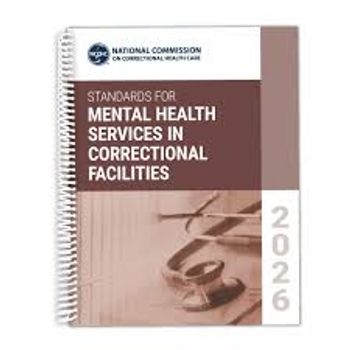
9 Tips to Maintain Boundaries in Clinical Practice
The points summarized in this pocket guide-drawn from actual cases-recur repeatedly as problems for practitioners.
READING LIST
Gutheil TG, Brodsky A. Preventing Boundary Violations in Clinical Practice. New York: Guilford Press; 2008.
Gutheil TG, Gabbard GO. The concept of boundaries in clinical practice: theoretical and risk-management dimensions. Am J Psychiatry. 1993;150:188-196.
Gutheil TG, Gabbard GO. Misuses and misunderstandings of boundary theory in clinical and regulatory settings. Am J Psychiatry. 1998;155:409-414.
Gutheil TG, Simon RI. Non-sexual boundary crossings and boundary violations: the ethical dimension. Psychiatr Clin North Am. 2002;25:585-592.
Norris DM, Gutheil TG, Strasburger LH. This couldn’t happen to me: boundary problems and sexual misconduct in the psychotherapy relationship. Psychiatr Serv. 2003;54:517-522.
Newsletter
Receive trusted psychiatric news, expert analysis, and clinical insights — subscribe today to support your practice and your patients.

















